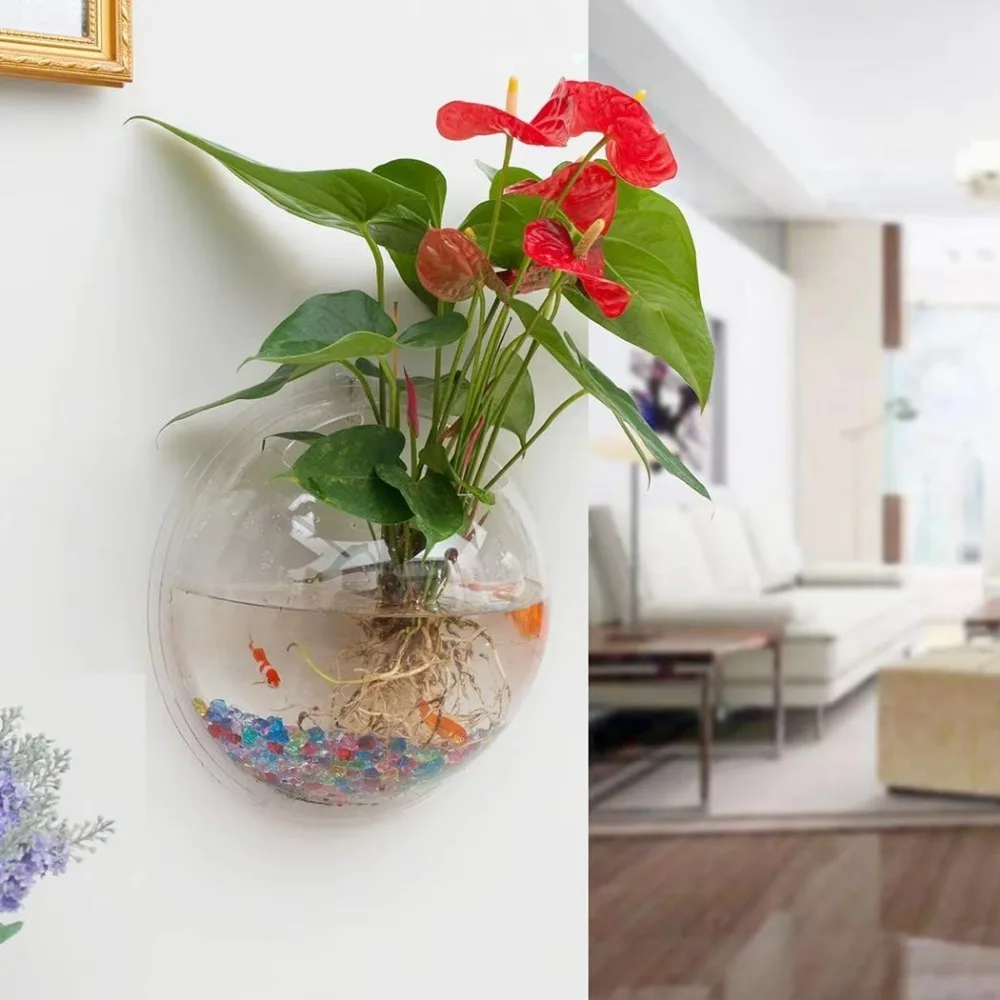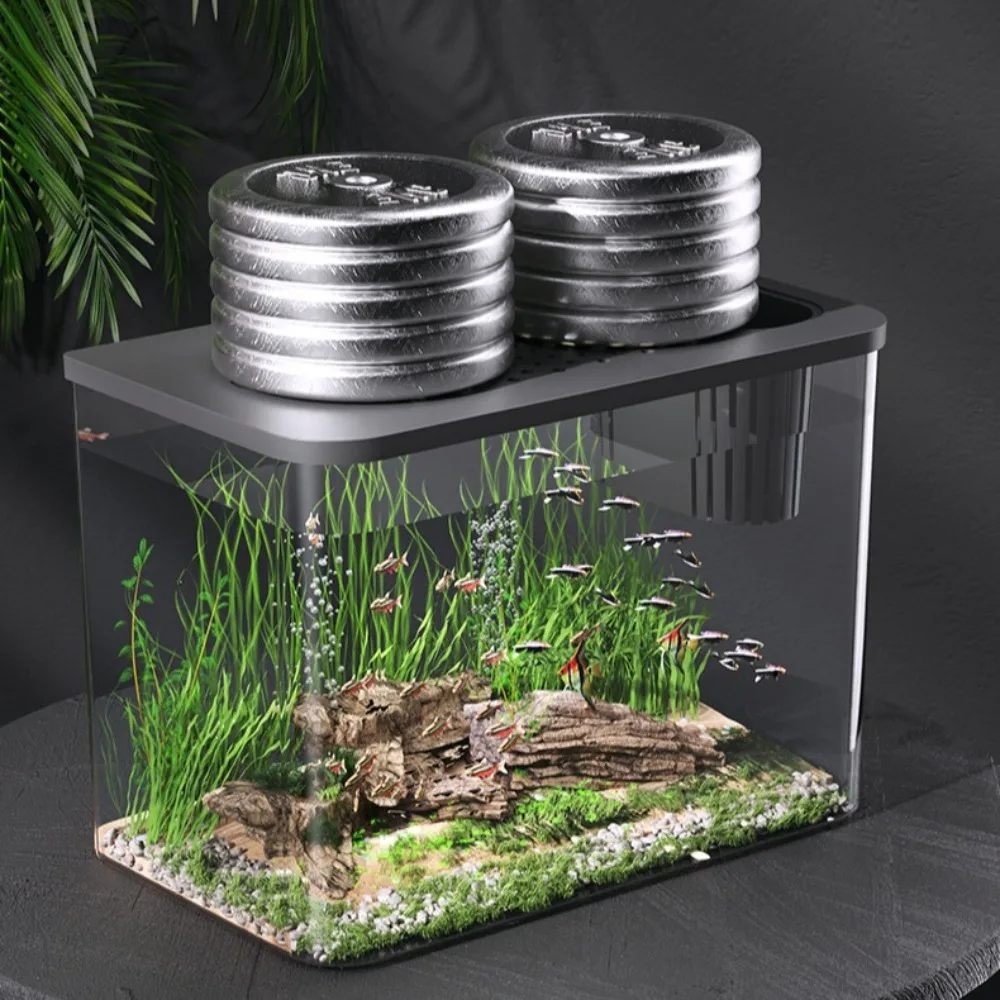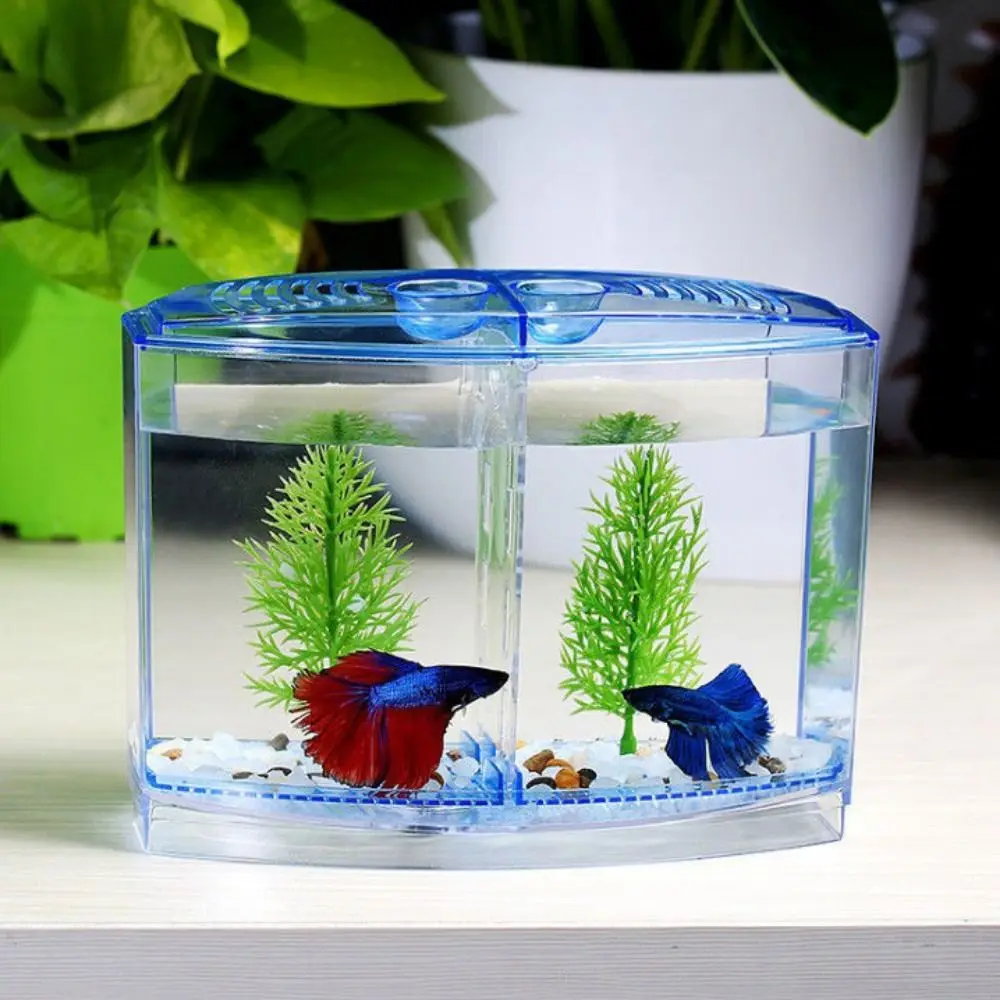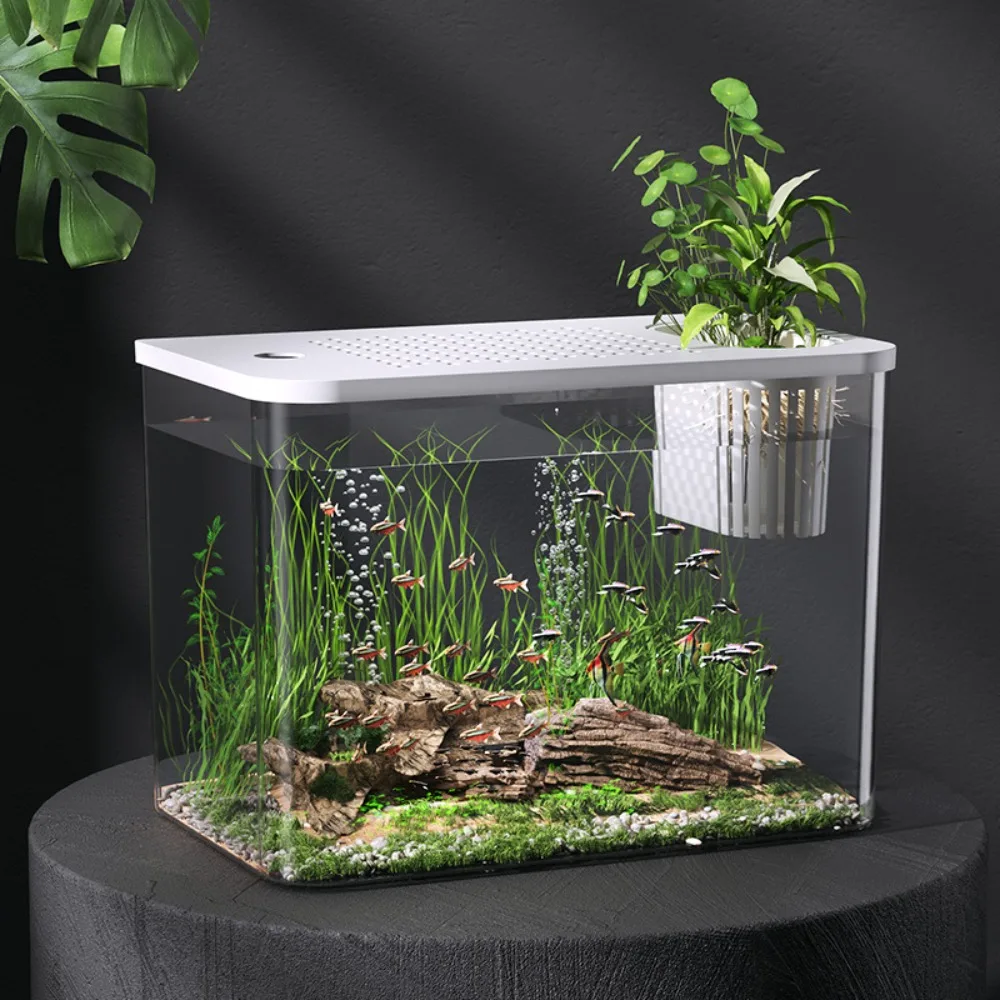Introduction: Understanding Brown Algae in Fish Tanks
Brown algae, scientifically known as diatoms, can be a nuisance for aquarium enthusiasts. These microorganisms thrive in new or unbalanced tanks, creating a brown, unsightly film over surfaces. While not necessarily harmful, brown algae can be aesthetically displeasing and may indicate underlying issues within your tank environment. This article delves into effective solutions to get rid of brown algae in your fish tank by addressing the root causes and implementing practical remedies.
Identifying Brown Algae
Before tackling brown algae, it’s essential to confirm that what you’re dealing with is, in fact, brown algae. Brown algae typically appear as a slimy, brown coating on tank surfaces, plants, and decorations. They are different from green algae and other algal forms that commonly affect aquariums. Brown algae are mainly composed of diatoms, which utilize silicates to build their cell walls. This specific identification is critical because the measures to control brown algae can differ significantly from other types of algae.
Root Causes of Brown Algae
Understanding the root causes of brown algae is the first step toward effective solutions. Brown algae thrive particularly in new or unestablished aquariums with unstable water chemistry. They favor low light conditions and high levels of nitrates and silicates. When there is an excess of these nutrients, brown algae proliferate rapidly. Additionally, inadequate water flow and filtration can exacerbate the problem by allowing nutrients to accumulate and create an ideal environment for diatom growth.

Importance of Water Quality Management
Maintaining optimal water quality is paramount in controlling brown algae. Regular water changes are essential to remove excess nutrients that diatoms consume. Aim for a 20-25% water change weekly, ensuring you vacuum the substrate thoroughly to eliminate settled debris and waste. Additionally, test your water parameters frequently. Keep nitrate levels below 20 ppm and phosphate levels ideally at zero. If silicates are a problem, consider using a water source that is low in silicates, such as reverse osmosis water.
Adequate Lighting Adjustments
Lighting plays a significant role in algae growth. Brown algae often thrive in tanks with insufficient lighting. Therefore, adjusting your tank’s lighting schedule can help mitigate the problem. Ensure your tank receives about 8-10 hours of light daily, avoiding prolonged exposure. If natural sunlight reaches the tank, consider relocating it to a spot without direct sunlight or using curtains to control light exposure. Additionally, using high-quality aquarium lights that provide the right spectrum for plant growth can discourage brown algae by favoring green plants over algae.
Enhancing Filtration and Water Flow
Effective filtration and adequate water flow help prevent nutrient buildup, a critical factor in brown algae proliferation. Use a filter rated for at least double the tank’s volume to ensure efficient waste removal. Incorporate mechanical, biological, and chemical filtration methods to address different aspects of water quality. Enhance water circulation with powerheads or wave makers, which prevent dead spots where debris can accumulate. The consistent movement dissuades algae from settling and helps distribute nutrients more evenly, preventing localized blooms.
Reducing Silicates in Your Aquarium
Silicates are a primary component in the cell walls of diatoms, and their presence in your tank can foster brown algae growth. To minimize silicates, consider the source of your water. Tap water often contains silicates, so using reverse osmosis (RO) or deionized (DI) water can significantly reduce their levels. Additionally, specific filter media, like silicate-absorbing pads, can be employed in your filter system to help lower silicate concentrations. Regularly replace these media to maintain their effectiveness.
Introducing Algae-Eating Species
Incorporating algae-eating species into your tank is an effective biological control method. Fish like Otocinclus catfish, Siamese algae eaters, and certain plecos can be excellent at consuming brown algae. Additionally, some invertebrates, like Amano shrimp and Nerite snails, are particularly fond of diatoms. These creatures help manage algae naturally while providing added interest and diversity to your tank. However, ensure your tank is suitable for these species by considering factors like tank size, water parameters, and compatibility with existing inhabitants.

Implementing a Maintenance Routine
A robust maintenance routine is essential for long-term algae control. Clean tank surfaces with an algae scraper regularly to prevent algae film buildup. For hard-to-reach areas, use specialized brushes or tools. Ensure filter media is clean and free of clogging debris, replacing or rinsing them as needed. Monitor your plants and decorations, manually removing visible algae during water changes. Regular maintenance not only keeps algae at bay but also promotes a healthy and thriving aquatic environment.
Managing Nutrient Levels with Plants
Live plants compete directly with algae for nutrients, reducing the chances of brown algae proliferation. Fast-growing plants such as hornwort, water wisteria, and Amazon swords can effectively absorb excess nutrients. Through the process of photosynthesis, they utilize nitrates, phosphates, and other compounds that algae thrive on. Additionally, create a balanced planting scheme with robust root systems to stabilize the substrate and further inhibit algae growth. Ensuring proper plant care by providing supplemental CO2 and fertilization will maximize their effectiveness in outcompeting algae.
Using Chemical Treatments Wisely
In some cases, chemical treatments may be necessary to control severe brown algae infestations. Algaecides specifically formulated for aquariums can be effective, but they must be used with caution. Overuse or incorrect application can harm fish, plants, and beneficial bacteria. Always follow manufacturer instructions carefully and use such treatments as a last resort. It’s crucial to address the underlying causes even when using chemical fixes, as they provide temporary relief rather than a permanent solution.

Final Considerations: Preventive Measures
Prevention is always better than cure when it comes to managing brown algae. Establishing a tank properly from the beginning can save a lot of trouble down the line. Ensure your tank is fully cycled before introducing fish and other inhabitants. Avoid overfeeding and promptly remove uneaten food to reduce nutrient levels. Quarantine new plants and decorations to prevent introducing algae spores into an established tank. Consistently monitor water parameters and adjust maintenance routines as necessary to keep conditions stable.
Conclusion: Achieving a Balanced Aquarium Environment
Effectively combating brown algae involves a combination of understanding its causes, adjusting tank conditions, and consistent maintenance. By optimizing water quality, managing light and nutrients, enhancing filtration, and possibly introducing algae-eating species, you can achieve a balanced and aesthetically pleasing aquarium. It’s a continuous process requiring diligence and attention to detail, but with the right approach, your fish tank can remain healthy and free from the unsightly scourge of brown algae.










